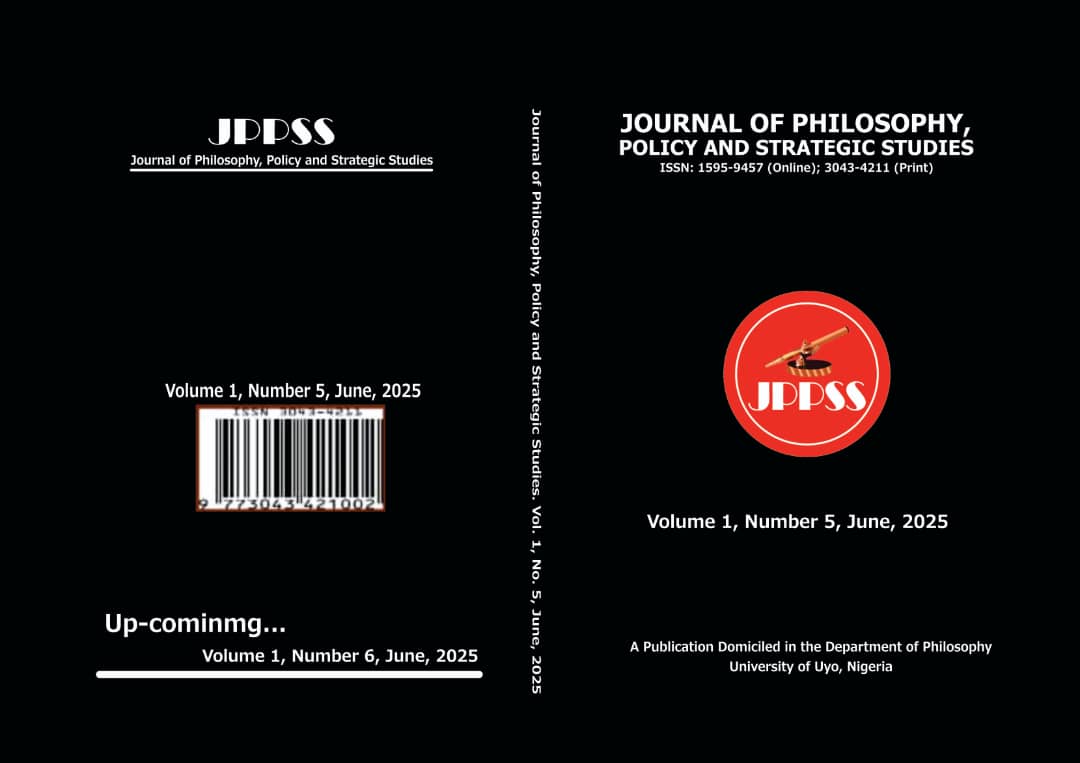TONE SYSTEMS OF IGBO, YORUBA AND IBIBIO: A COMPARATIVE ANALYSIS AND THE LINGUISTIC IMPLICATIONS
Esther Ubong Sylvanus 1
Wale Ogunlaye 2
Department of Linguistics and Nigerian Languages, University of Uyo, Nigeria 1 & 2
Email: ubongesther09@gmail.com 1
Abstract
This paper aims at providing a comparative analysis of the tonal systems of Igbo, Ibibio, and Yoruba, highlighting their similarities and differences. By examining tone types, distribution and lexical functional load, the analysis aims to contribute to a deeper understanding of tone as a linguistic phenomenon and its implication in language learning. Using a structured corpus, data was obtained by means of elicitation from six consultants (that is, two native speakers of each of the languages, purposively selected). Also, existing scholarly works served as reliable sources as many works have been done on the phonology of these languages. The paper adopted the Contrastive Analysis (CA) method propounded by Lado (1957). The findings showed that Igbo and Ibibio languages do not have mid-tone, Yoruba and Igbo do not have contour tones. Again, Yoruba does not have a down-step tone. The analyses show that the languages exhibit tonal complexity which means that learners and speakers must rely on tone to avoid ambiguity. This paper therefore concludes that, the differences in tonal structure of the languages can constitute pronunciation problems for native speakers of one of the languages learning another, as they would unconsciously transfer the pronunciation pattern they have internalised for their mother tongue (MT) or first language (L1) into their target language (TL). This paper recommends that learners of second language (L2) should be taught to produce and master appropriate application of the tones in the L2 which are lacking in their first language (L1), to prevent pronunciation errors and ambiguity.
Keywords: Tone Systems, Ibibio, Yoruba, Igbo.


